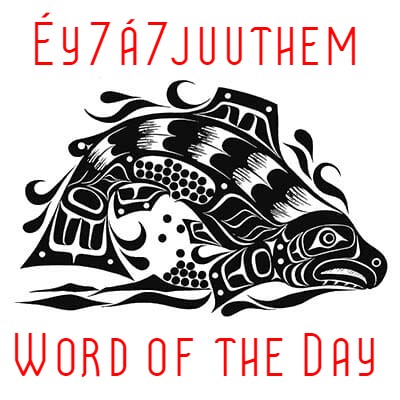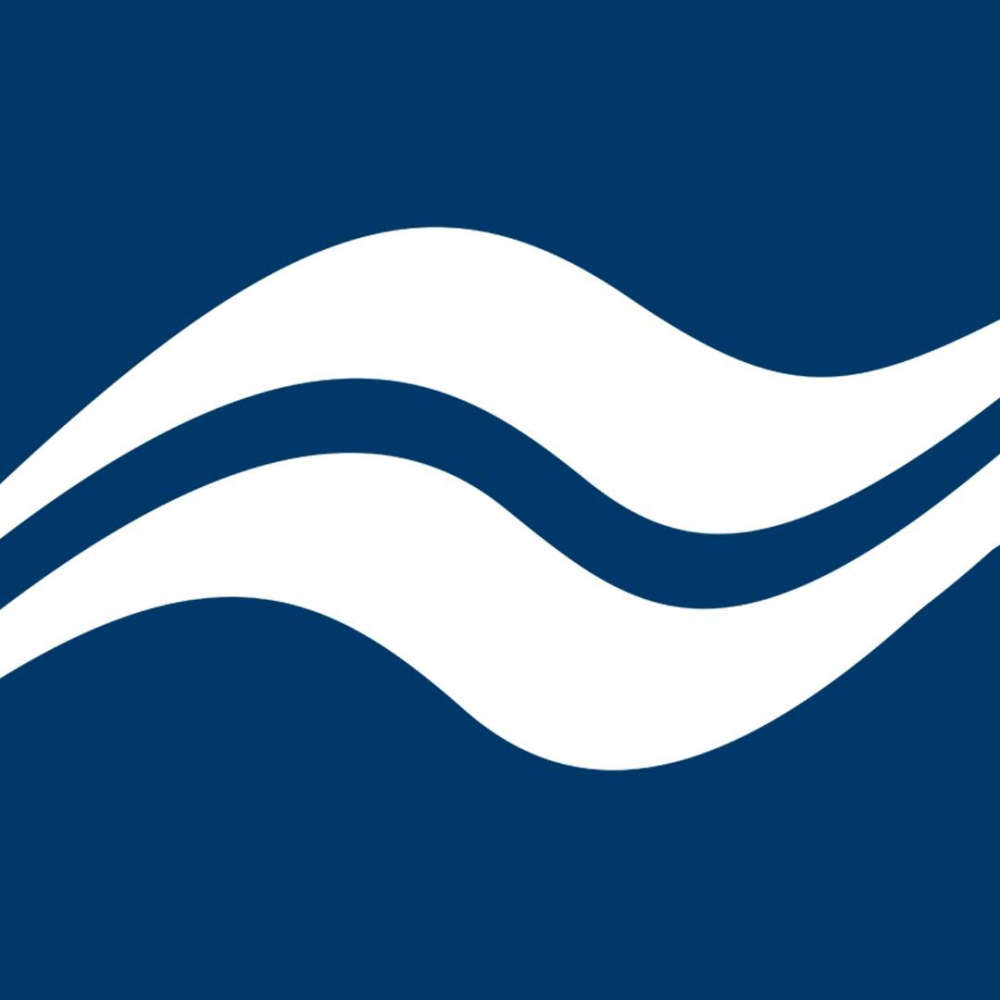
BC Ferries is moving to advance booking for all vehicles travelling from Horseshoe Bay to Nanaimo, starting tomorrow (Oct. 15).
When a sailing is full, customers with standard under-height vehicles can enter their email to get an alert if space opens up. The alert includes a link to the BC Ferries website, where customers can book the sailing on a first-come, first-served basis.
The booking alert system launched on the Powell River-Comox route on October 8 and will expand to Horseshoe Bay routes to Langdale and Departure Bay on Wednesday. It coincides with the move to advance bookings only as part of the terminal’s multi-year redevelopment project, where construction work has reduced vehicle holding space by 25 per cent. Once tested and refined, BC Ferries plans to expand the tool to other routes across the system.
A separate digital waitlist tool for select routes will follow later this year, allowing customers to add themselves to a waitlist on sailings where advance booking space was previously sold out. If space becomes available, customers will be automatically booked on the sailing according to available capacity and their position on the waitlist.
BC Ferries is also offering more Saver fares, doubling availability to make up 40% of all fares on the route, with year-round fares starting at $49 for a vehicle and driver.
BC Ferries says the initiatives are designed to keep people moving safely during terminal upgrades, give customers more certainty when space is limited, and lay the foundation for system-wide digital improvements in the years ahead.
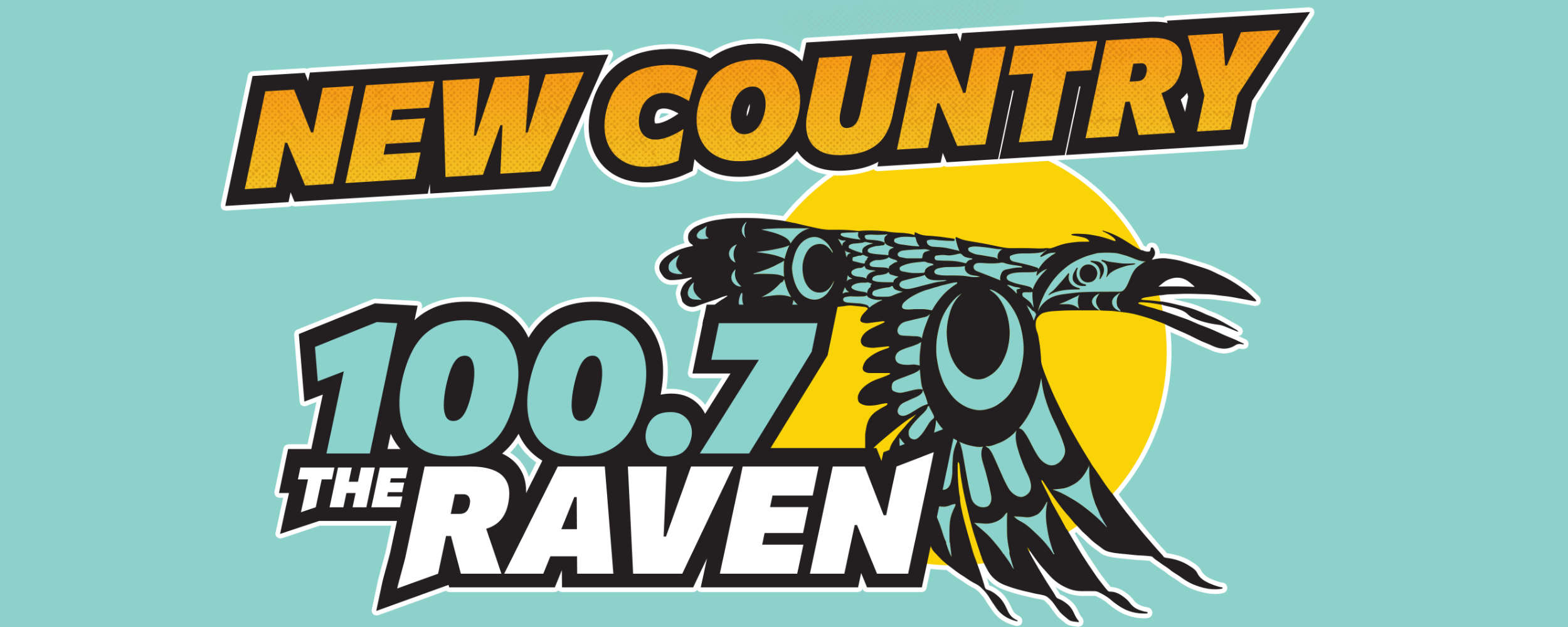
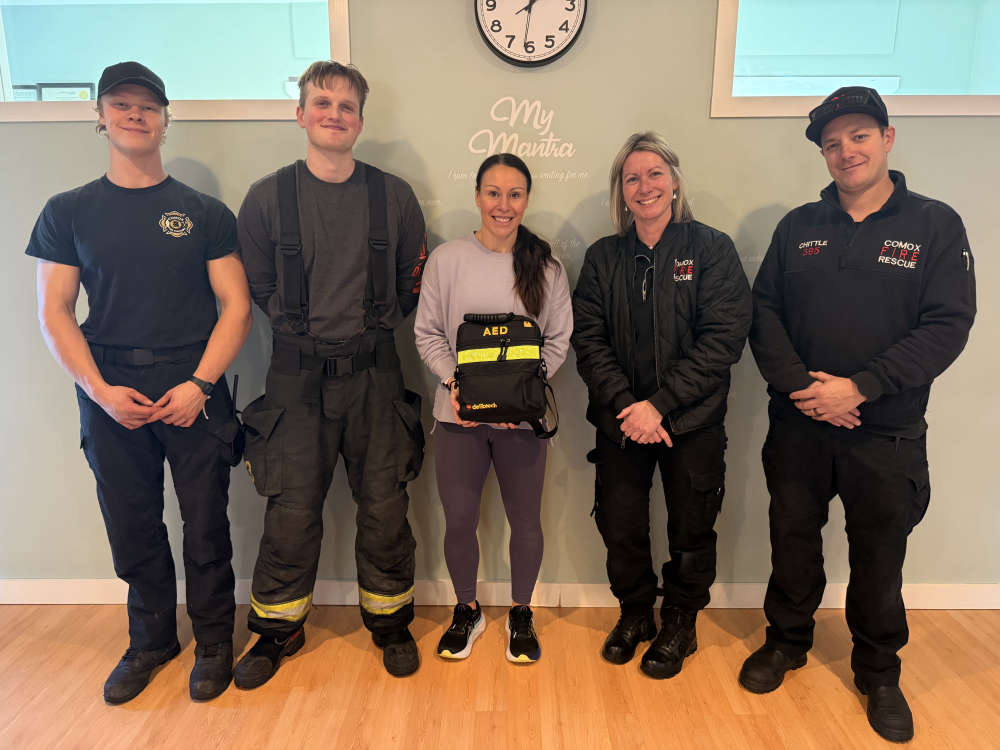 Comox Firefighters Donate Another AED
Comox Firefighters Donate Another AED
 Comox Mayor Reflects On 2025 Achievements
Comox Mayor Reflects On 2025 Achievements
 Sayward Water Conservation Update
Sayward Water Conservation Update
 Campbell River Infrastructure Upgrades
Campbell River Infrastructure Upgrades
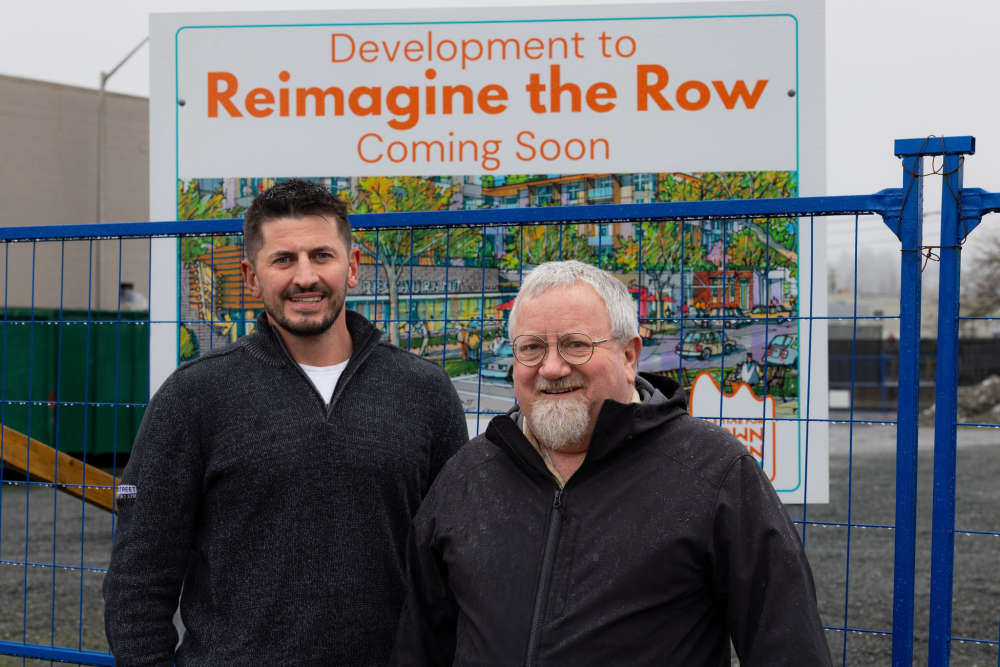 Campbell River Partners With Local Developers On Reimagining The Row
Campbell River Partners With Local Developers On Reimagining The Row
